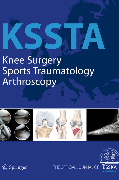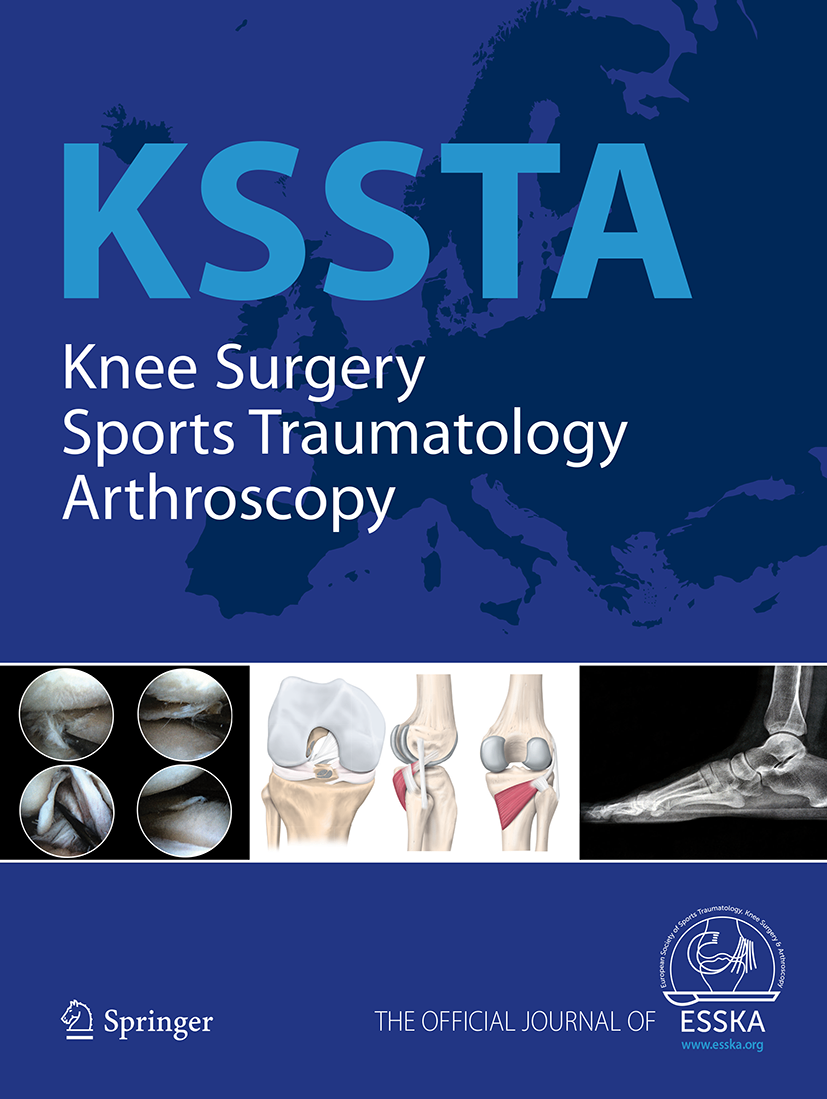
Comparing three femoral tunnel drilling techniques in patients undergoing double-bundle ACL-R .
This report has been verified
by one or more authors of the
original publication.
Anatomic femoral tunnel placement is difficult by the transtibial technique: comparison of three different femoral tunnel drilling techniques in double-bundle anterior cruciate ligament reconstructions.
Knee Surg Sports Traumatol Arthrosc. 2020 Feb;28(2):584-593.Ninety-eight patients scheduled for an anterior cruciate ligament reconstruction with a semitendinosus autograft were randomized to receive femoral tunnel placement using a transtibial, transportal or outside-in technique. Outcomes of interest were radiographic in nature, including femoral tunnel length, femoral and tibial tunnel angles, femoral tunnel position and tibial tunnel position. Computed tomography scans were performed 3 weeks after surgery. Results of the study found the transtibial technique to result in significantly higher femoral tunnel positions with larger variance compared to the transportal and outside-in techniques. Several patients in the transtibial group could not achieve femoral tunnel placement in the intended position.
Unlock the Full ACE Report
You have access to 4 more FREE articles this month.
Click below to unlock and view this ACE Reports
Unlock Now
Critical appraisals of the latest, high-impact randomized controlled trials and systematic reviews in orthopaedics
Access to OrthoEvidence podcast content, including collaborations with the Journal of Bone and Joint Surgery, interviews with internationally recognized surgeons, and roundtable discussions on orthopaedic news and topics
Subscription to The Pulse, a twice-weekly evidence-based newsletter designed to help you make better clinical decisions
Exclusive access to original content articles, including in-house systematic reviews, and articles on health research methods and hot orthopaedic topics

































































